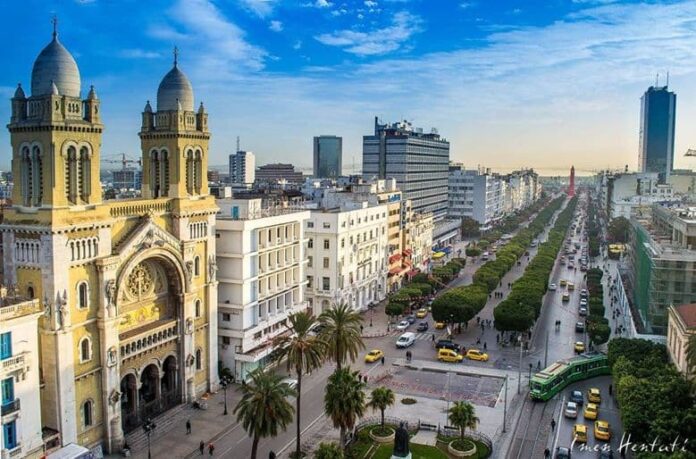The economic problems that Tunisia is experiencing today require strategic options that the state must define and the various interrelated parties agree on, and these options constitute the pattern of development as it represents a set of strategic axes that must be followed in order to solve the country’s situation at all levels.
Glitches in the Mode of Development
The economics professor at the Tunisian University, Redha Shkandali, said in a statement to “JDD” that the mode of development adopted by Tunisia today has reached a climax and is limited and unable to provide jobs, whether at the level of the public or private sector.
Shkandali explained that the development approach failed due to its reliance on differential and exclusion, explaining that this approach excludes the interior areas, women and youth who have obtained higher degrees, as well as excluding a large part of the parallel economy in addition to the lack of its commercial partners and being limited to the European market.
Review of the Development Pattern
Redha Shkandali said that the economic situation in Tunisia requires the adoption of an inclusive development model based on the diversification of trading partners who have a high growth rate similar to the African market, in addition to merging the interior regions by focusing on the agricultural field as an important economic engine in Tunisia.
Shkandali called for the need to adopt a method aimed at improving the business climate and working to integrate the parallel market into the economy, as well as integrating sectors with high knowledge content, i.e. institutions that employ those with higher degrees, stressing the need to finance foreign investments instead of borrowing from abroad, according to him.
In the same context, the President of the Tunisian Union of Agriculture and Fishing, Abdel Majid Al-Zar, stressed the need to radically review the mode of development in Tunisia, focus the option of agriculture, and devote all efforts to integrating sectors in Tunisia to enhance investment and move away from favoritism and prosthetic solutions, as he put it.
A Classic Development Pattern in Tunisia
For his part, the politician and former MP, Sahbi Ben Fraj, said in a statement to “JDD”, that the mode of development adopted by Tunisia today is no longer useful because it is a classic dating back to the seventies and adopts traditional mechanisms in industry and agriculture in addition to its reliance on an energetic but cheap workforce.
Ben Fraj said that since the outbreak of the revolution, the two political and economic elites were supposed to meet to dissect the economic, social and political situation in Tunisia to create a pattern that meets the demands for which the Tunisian people revolted, instead of focusing on the ideological side, he said.
Al-Sahbi ben Fraj stressed the need to adopt a development method that appreciates human value and depends on human and natural resources, and works to develop a high-cost economy, calling for the need to rely on advanced tourism such as cultural tourism, conference tourism and marine sports.
The deterioration of the economic situation is the best evidence of the failure of the development pattern in Tunisia, as it has become necessary today to radically review it according to well-thought-out decisions based on integrated options between the various sectors to establish a new concept for investment in Tunisia.








